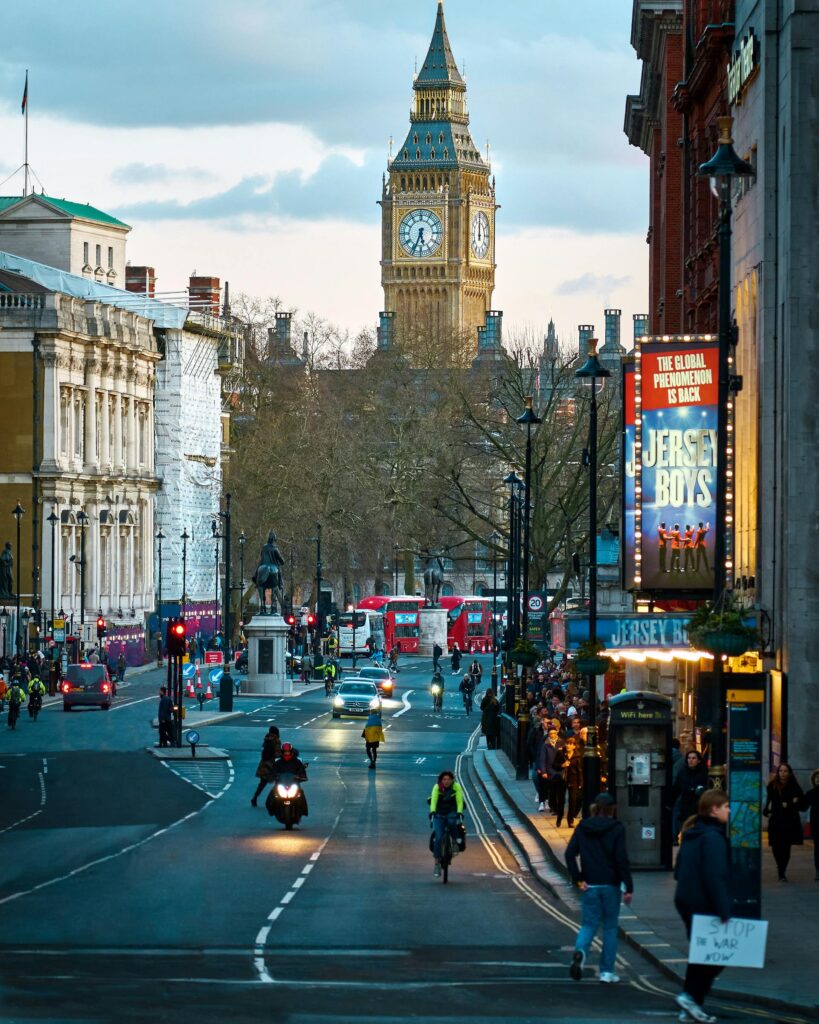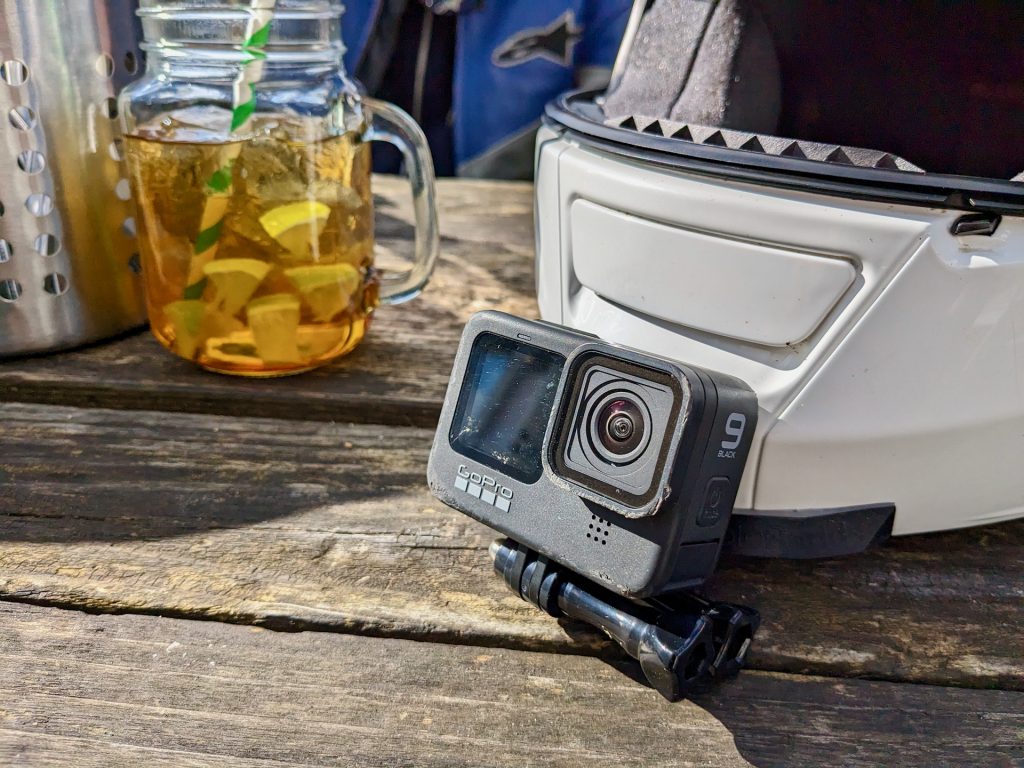Riding a motorcycle through a busy city can be thrilling. The ability to weave through traffic and the freedom that comes with two wheels makes urban motorcycling a popular choice, particularly for commuters. However, city riding is also one of the riskiest environments for motorcyclists. Whether it’s unpredictable drivers or poor road conditions, the urban landscape presents a wide range of hidden dangers that riders must be prepared to face.
Traffic, Visibility and Infrastructure Challenges
 One of the most immediate threats in city riding is the density of traffic. Urban roads are shared by cars, buses, cyclists, taxis, and pedestrians, all competing for limited space. Drivers may change lanes without signalling, brake suddenly, or fail to check mirrors, all of which can create serious hazards for nearby motorcyclists. Reacting to these situations requires constant attention and rapid reflexes.
One of the most immediate threats in city riding is the density of traffic. Urban roads are shared by cars, buses, cyclists, taxis, and pedestrians, all competing for limited space. Drivers may change lanes without signalling, brake suddenly, or fail to check mirrors, all of which can create serious hazards for nearby motorcyclists. Reacting to these situations requires constant attention and rapid reflexes.
Visibility is also a key issue. Motorcycles are smaller and less noticeable than cars, especially in heavy traffic. Blind spots become more dangerous when space is tight, and filtering, though legal, can expose riders to vehicles swerving unexpectedly. Accidents often happen simply because drivers fail to see a motorcyclist until it’s too late. Reduced lighting, bad weather, and cluttered roads further add to the difficulty.
Road conditions in cities can be far from ideal. Potholes, uneven tarmac, loose drain covers, and worn surfaces can all destabilise a motorcycle. Wet weather makes painted road markings and metal surfaces, such as manhole covers or tram tracks, extremely slippery. Junctions, roundabouts, and complex road layouts demand quick thinking and precise control qualities that become harder to maintain when roads are poorly maintained or obscured by traffic and signage.
The Added Pressure of Buses, Cyclists and Delivery Vehicles
Even highly experienced riders can find the chaos of city riding mentally exhausting and physically demanding
Urban areas are constantly in motion, and motorcyclists must account for both cars and for the unpredictable movements of buses, cyclists, and delivery vehicles. Buses frequently pull in and out of bus stops, sometimes with little warning. Cyclists may appear suddenly from between vehicles or swerve to avoid obstacles. Delivery vans and ride-share drivers often stop unexpectedly, obstructing traffic or opening doors into a rider’s path.
These moving parts can change quickly and without warning, requiring riders to adopt a defensive approach at all times. Urban roads also tend to involve frequent stopping and starting, which increases the likelihood of rear-end collisions or being caught off guard by a driver’s sudden manoeuvre. Even highly experienced riders can find the chaos of city riding mentally exhausting and physically demanding.
Accidents and Legal Support
Despite best efforts, accidents do happen. When they do, motorcyclists are far more likely to suffer serious injuries due to the lack of physical protection. Injuries from urban motorcycle accidents can range from fractures and head trauma to long-term mobility issues, often resulting in time off work and mounting expenses.
In such cases, experienced motorcycle injury lawyers can be a lifeline. These professionals understand the unique challenges riders face in cities and know how to gather the right evidence, assess liability, and pursue fair compensation. Whether the incident was caused by another road user, a hazardous road surface, or poor infrastructure planning, legal advice can be essential to help injured riders recover physically and financially.
Staying Safe in Urban Settings
Technology has become an increasingly helpful tool for urban motorcyclists. Helmet cameras can provide vital evidence if a collision occurs, while navigation apps that highlight traffic congestion and hazards can help riders plan safer routes. Still, no technology can replace awareness and preparation.
 Advanced rider training, for example, teaches valuable defensive techniques that are especially useful in high-risk urban environments. Wearing high-quality protective gear, including abrasion-resistant clothing and a properly fitted helmet, should be second nature to any rider, regardless of journey length. And while city journeys might seem routine, it’s often the most familiar routes where complacency sets in and accidents occur.
Advanced rider training, for example, teaches valuable defensive techniques that are especially useful in high-risk urban environments. Wearing high-quality protective gear, including abrasion-resistant clothing and a properly fitted helmet, should be second nature to any rider, regardless of journey length. And while city journeys might seem routine, it’s often the most familiar routes where complacency sets in and accidents occur.
In the end, staying safe on city streets means recognising that danger can come from any direction at any time. By riding defensively, staying visible, and anticipating the actions of others, motorcyclists can reduce their risk.